Sam Altman in conversation with a16z co-founder: Will make aggressive bets on infrastructure, sora is an important strategic tool
Sam Altman revealed that OpenAI is making a "very aggressive infrastructure bet" to support the exponential growth in model capabilities expected over the next one to two years. He acknowledged that OpenAI is transitioning from a research lab to a vertically integrated AI empire and directly linked the future of AI to cheap and abundant energy, especially nuclear energy.
Original Source: a16z
Compiled and translated by: Long Yue, Wallstreetcn
OpenAI is transitioning from a research lab to a vertically integrated "AI empire."
On October 8, OpenAI CEO Sam Altman revealed in a recent conversation with Ben Horowitz, co-founder of renowned venture capital firm a16z, that OpenAI has decided to make a "very aggressive infrastructure bet," one so large that it requires the participation of the entire industry.
He explained that this decision is based on strong confidence in the capabilities of models in the next one to two years, as they foresee that upcoming models will create tremendous economic value, and the current pace of expansion cannot meet future demand.
This strategy directly explains OpenAI's recent series of collaborations with tech giants such as Nvidia, Oracle, and AMD. Altman previewed that more such partnerships will be announced in the coming months, indicating that OpenAI is attempting to leverage the entire industry chain "from electronics to model distribution."
This may also mean that the AI race is shifting from algorithms to a comprehensive battle involving computing power, capital, and energy.
Altman also directly linked the future of AI with the future of energy, pointing out that the exponential growth of AI will require cheaper and more abundant energy. He predicted that the long-term solution will be a combination of solar plus storage and advanced nuclear energy, asserting that the cost of nuclear energy will be the key variable determining whether it can be rapidly popularized and thus support AI development.
When talking about the company's vision, Altman stated that OpenAI is not just a research lab, but a complex that integrates consumer AI subscription services, hyperscale infrastructure operations, and cutting-edge AI research, dedicated to building artificial general intelligence (AGI) and making it beneficial to humanity.
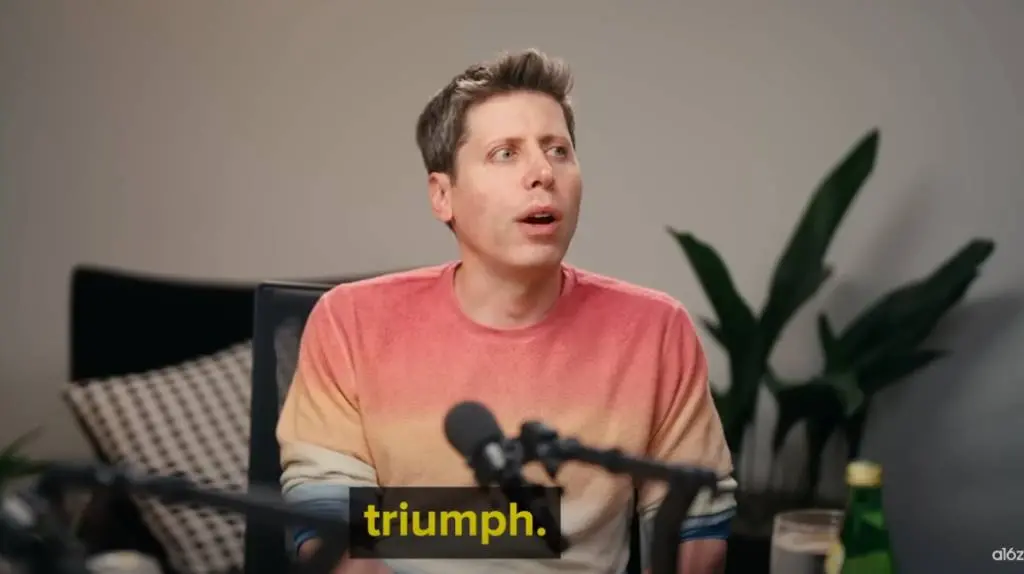
Key points from Sam Altman's interview:
· Aggressive infrastructure bet: Altman revealed that the company is making a "very aggressive infrastructure bet," the scale of which requires the support of the entire industry. This massive investment is based on strong confidence in the capabilities of models in the next one to two years, not current models, and he previewed more industry collaborations in the coming months.
· Blueprint for the future of energy: Altman pointed out that AI and energy have "merged into one," and the exponential growth of AI will depend on cheaper and more abundant energy. He predicts that future energy will be dominated by "solar plus storage" and nuclear energy. He believes that once nuclear energy demonstrates an "overwhelming economic advantage," its development will be extremely rapid, and called past restrictions on nuclear energy "an extremely foolish decision."
· Sora's strategic position: Sora is not just a video generation tool, but a strategic tool for building "world models" to advance AGI and help society adapt to AI development.
· "AI scientists" are coming: Altman predicts that AI models will be able to make major scientific discoveries within the next two years, which he sees as the true sign of AI changing the world. He revealed that GPT-5 has already begun to show the ability to make small, novel scientific discoveries.
· Strategic shift to vertical integration: Altman admitted that his previous views on vertical integration were wrong, and now believes it is the necessary path for OpenAI to achieve its mission, drawing an analogy to the success of the Apple iPhone.
· New copyright model: He foresees that future AI training may be considered fair use, but using specific IP to generate content will give rise to new business models. Some copyright holders are even more concerned that their IP is not being sufficiently used by AI, rather than overused.
· Commercialization and trust: In terms of commercialization, Altman is open but cautious about advertising, emphasizing that user trust in ChatGPT must never be compromised. He believes that recommending paid products instead of the best products would destroy this trust relationship.
"A Very Aggressive Bet": Infrastructure Expansion Based on Future Demand
Amid current doubts about whether AI is a bubble, Altman's statement has undoubtedly added fuel to the market's frenzy. He stated bluntly: "We have decided that it is time to make a very aggressive infrastructure bet."
This decision is not based on the current demand for products like ChatGPT, but stems from strong optimism about the future. Altman revealed: "The reason we are being so aggressive is not because of the models we have... We can see (the capabilities of future models) one to two years in advance." He believes that the economic value that upcoming models can create will far exceed imagination, so it is necessary to plan ahead.
The scale of this bet is so huge that it requires the support of the entire industry. Altman said: "To bet at this scale, we kind of need the whole industry... to support it." This covers "everything from electronics to model distribution and all the links in between."
This also explains why OpenAI is actively establishing partnerships with companies like AMD, Oracle, and Nvidia. He further hinted that this is just the beginning, "In the coming months, you should see us take more actions."
The Lifeblood of AI: The Future of Nuclear and Solar Energy
Altman admitted that the two fields he cares most about in his career—AI and energy—have now "merged into one." He believes that, looking back at history, the factor that has most improved human quality of life is cheaper and more abundant energy. And the huge computing power demands of AI are pushing energy issues to the forefront.
As for how to solve future energy needs, Altman gave a clear roadmap. He expects that in the short term, most of the new base-load energy in the US will come from natural gas. But in the long run, he believes "the two dominant energy sources will be solar plus storage, and nuclear." The nuclear energy he refers to includes the entire stack of advanced nuclear technologies, including small modular reactors (SMRs) and nuclear fusion.
Regarding the development of nuclear energy, Altman put forward a key economic perspective. He believes that the speed of nuclear energy adoption depends entirely on its cost. "If it has an overwhelming economic advantage over everything else, then I expect it to happen very quickly."
He added that at that point, enormous political pressure will push regulators to act quickly. Conversely, if its cost is similar to other energy sources, anti-nuclear sentiment may make its development process extremely lengthy. He did not hesitate to call the decision to ban nuclear energy in many regions in the past "an extremely foolish decision."
Sora's Strategic Value: More Than Just Video Generation
Regarding the recently released text-to-video model Sora, Altman also explained its multiple roles in the company's strategy. He believes that Sora may appear unrelated to artificial general intelligence (AGI) on the surface, but he believes that building strong "world models" is far more important to achieving AGI than people imagine.
In addition, Sora is also an important tool for OpenAI to guide the "co-evolution" of society and technology. Altman stated that just as ChatGPT made the world take large language models seriously, Sora can allow society to sense in advance the impact and opportunities that powerful video models are about to bring. "It's very important for the world to understand the direction of video technology development," he said.
Of course, Sora also brings new commercialization challenges. Altman observed that users not only use it for professional creation, but also to make fun memes and share them. There is a contradiction between the high cost of generation and the high frequency of entertainment use, which means OpenAI needs to explore a business model for Sora that is completely different from ChatGPT.
The Catalyst for AGI: "AI Scientists" Are About to Arrive
Among all potential AI applications, Altman said he is "most excited" about "AI scientists." He believes that when AI can independently make scientific discoveries, the world will truly change.
"We saw small examples of this happening for the first time on GPT-5," he revealed. He observed that the model is already able to make some novel mathematical discoveries or achieve small advances in physics and biology research, and he believes this trend will go much further.
He predicts that within the next two years, models will be able to take on larger chunks of scientific work and make important discoveries, which will have a "significant impact" on the world.
From Investor to Operator: A Cognitive Shift Toward Vertical Integration
In the interview, Altman also reflected on his transition from investor to company operator, and how this has affected OpenAI's strategy. He admitted that he had always opposed vertical integration, but "now I think I was just wrong."
He attributed this cognitive shift to the actual experience of running a company. As an investor, he was more inclined toward theoretical market efficiency, where each company does only one thing. But as CEO, he realized that to achieve the company's mission, he had to personally do more than expected. The huge success of the Apple iPhone is an example of extreme vertical integration, which Altman called "the most incredible product in the history of the tech industry."
This shift from "advising" to "executing" explains why OpenAI has expanded from a pure research lab to building its own large-scale infrastructure, striving to master full-stack capabilities from underlying computing power to upper-level applications, laying the foundation for its grand AI empire.
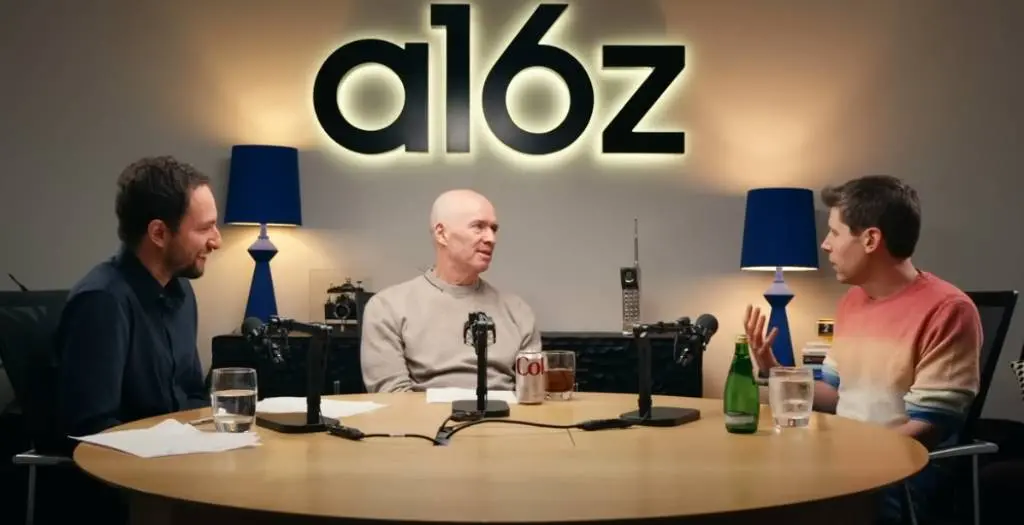
Disclaimer: The content of this article solely reflects the author's opinion and does not represent the platform in any capacity. This article is not intended to serve as a reference for making investment decisions.
You may also like
Crypto: How Europe Wants to Enforce Its Version of the SEC
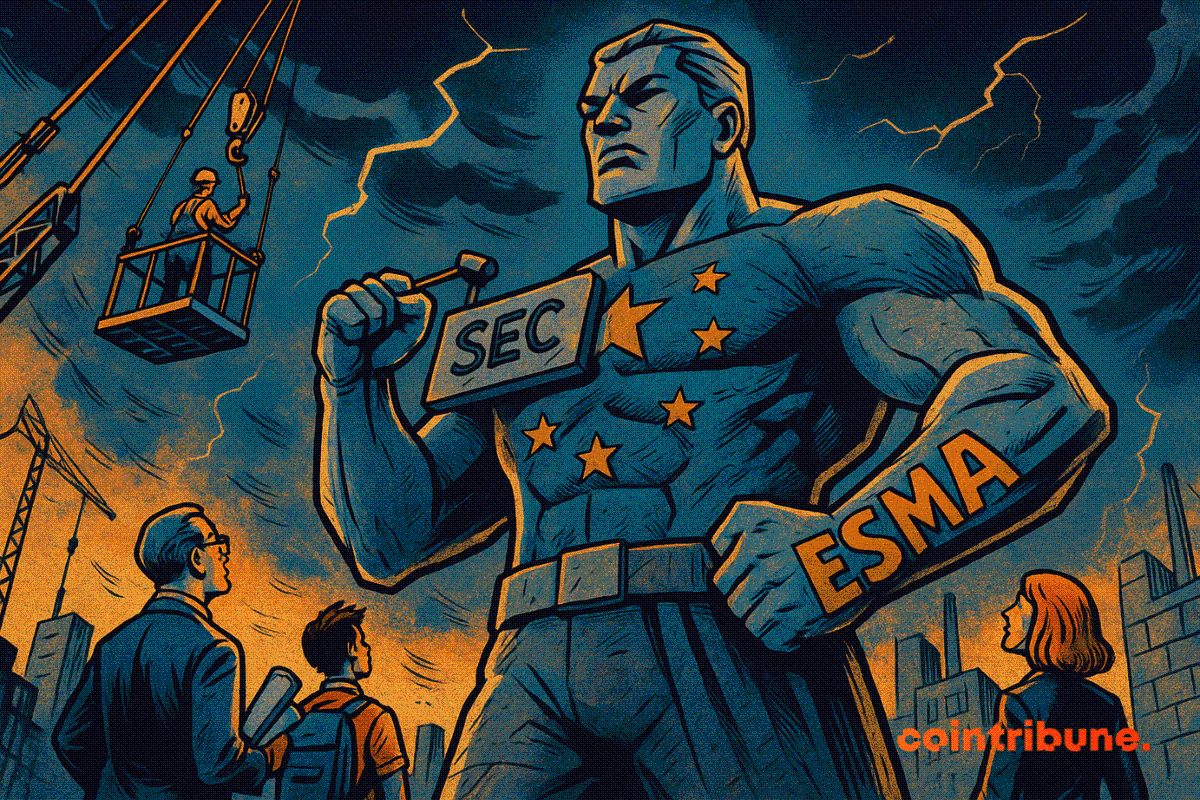
Stablecoin : Western Union plans to launch anti-inflation "stable cards"
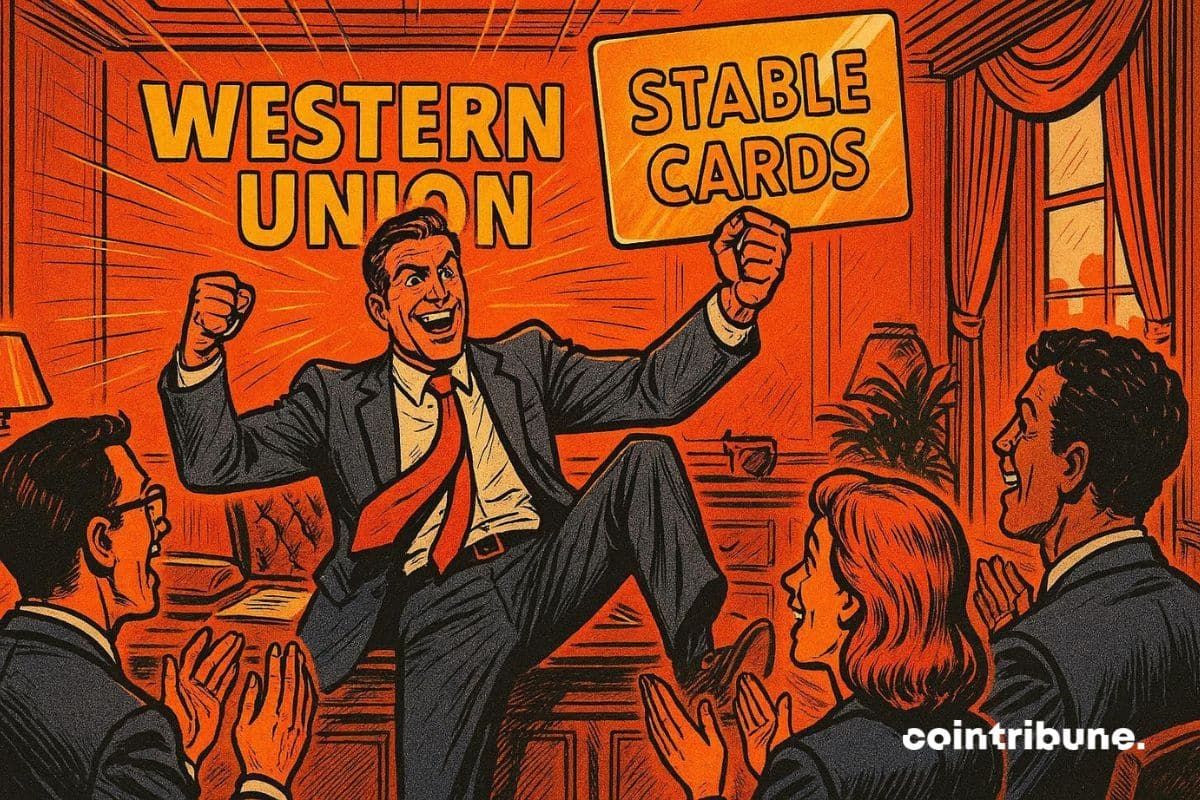
Mars Morning News | SEC Expected to Issue "Innovation Exemptions" for the Crypto Industry in "About a Month"
The SEC is expected to issue an innovation exemption for the crypto industry. The UK "Digital Assets and Other Property Act" has come into effect. BlackRock's CEO revealed that sovereign wealth funds are buying bitcoin. Bank of America recommends clients allocate to crypto assets. Bitcoin selling pressure is nearing its end. Summary generated by Mars AI. The accuracy and completeness of this summary are still being improved as the Mars AI model continues to iterate.
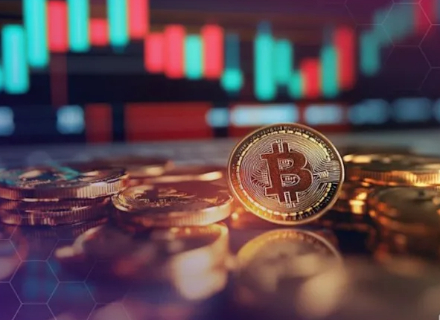
a16z: Inefficient governance and dormant tokens pose a more severe quantum threat to BTC.
